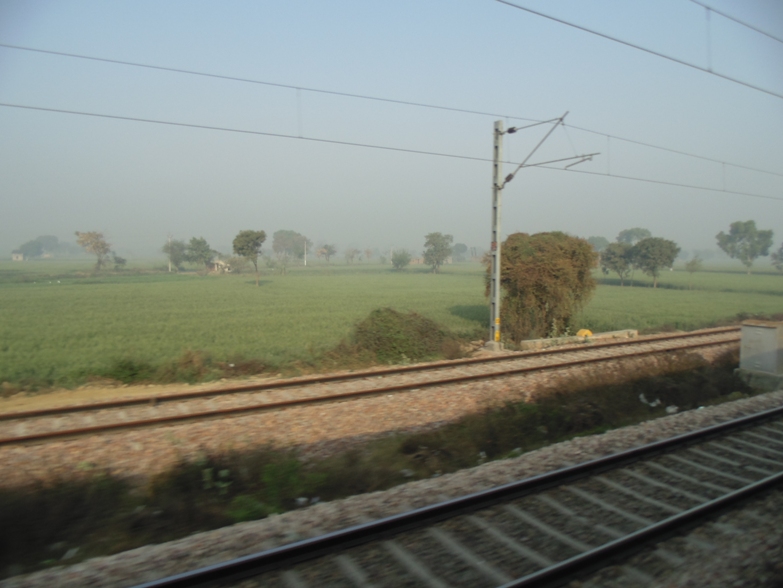The Indian Railways (IR) has planned to achieve 100 per cent electrification of its broad gauge (BG) network by 2030, a government statement said.
IR has electrified 66 per cent of its BG network by November 2020 and when fully electrified, IR hopes to save Rs.14,500 crore on its energy bills, annually.
The pace of electrification has improved over the recent years, the statement observed. From 1,176 rkm (route kilometre) in FY15, electrification improved to 5,276 rkm in FY19. In FY20, despite the COVID setback, IR could achieve electrification of 4378 rkm. In FY21, up to November 2020, the achievement stands at 1682 rkm.
The statement observed that once 100 per cent electrification is completed, IR will achieve a unique feat among the major railways in the world to run trains fully with indigenously produced power without dependence on imported fossil fuel.
According to estimates made before the pandemic outbreak, IR had planned to electrify 6,000 rkm of BG network in each of the years FY20, FY21 and FY22. The target for FY23 stood at 6500 rkm and that for FY24 (first three quarters) was 4,310 rkm.
As of August 2020, the total BG network of Indian Railways was around 63,400 rkm.
Net-zero emitter
Indian Railways has also fixed itself a “stiff” target of being a net-zero emitter of carbon by 2030 .This includes an ambitious target for complete electrification of IR network by 2023 and an equally ambitious target for generation of renewable energy using Railway’s assets.
In 2020, IR started its pilot 1.5-mw solar energy plant with an aim to power its energy needs. This is part of an ambitious programme is to generate 20 GW of solar power by 2030 using railway land. Besides generating renewable energy the programme would also provide free-of-cost fencing along the railway track thereby protecting the railway property from encroachment.
IR has recorded several achievements in its thrust on green energy, so far. For instance, it has commissioned 105.7 mw of solar power plants over rooftops of 960 of its buildings. Besides, 103.4 of wind power assets have also been commissioned. Significantly, the pilot project for feeding solar power directly for traction has been commissioned.



